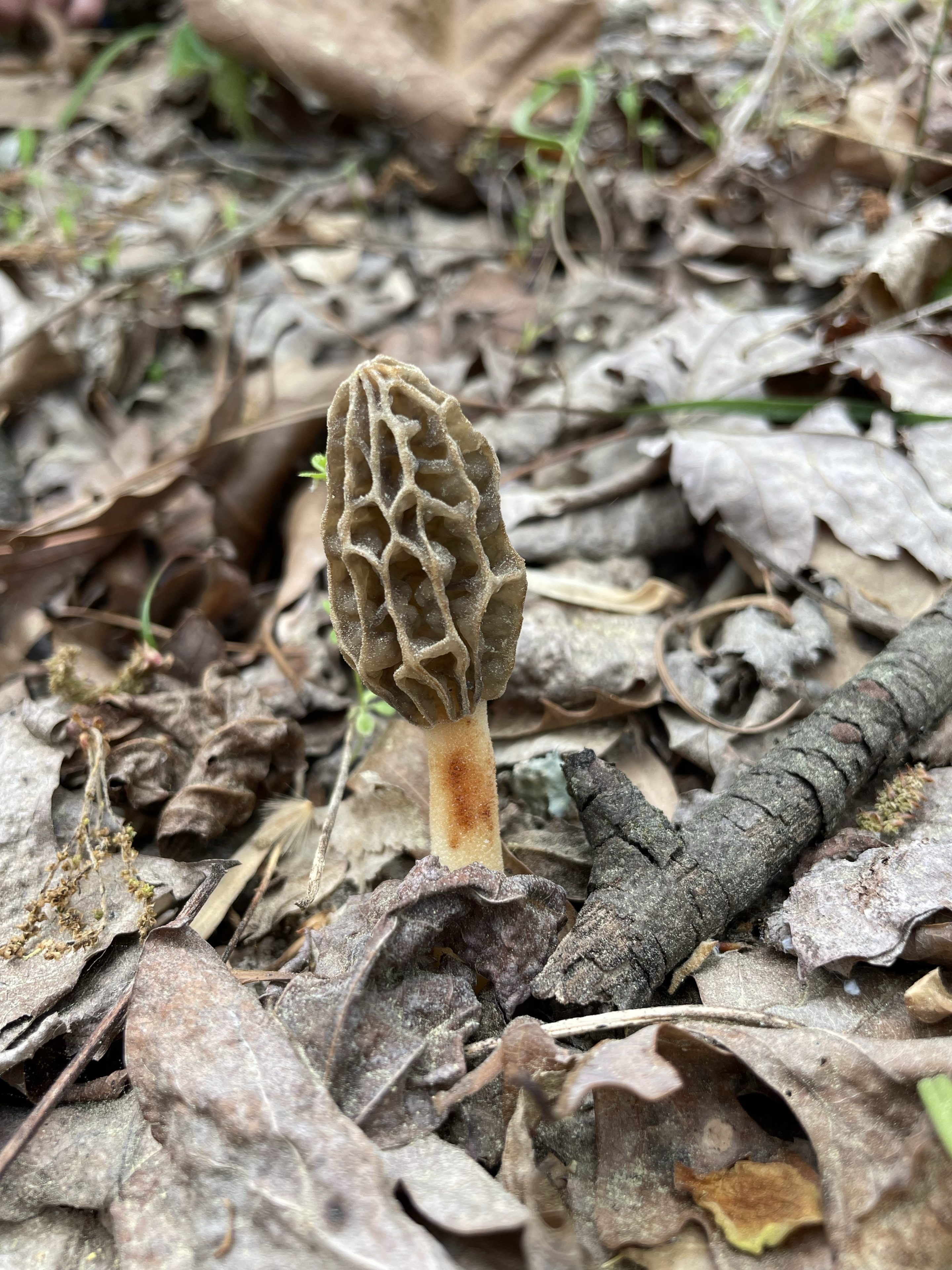
Acer negundo is a species of maple native to North America. In Canada it is commonly known as Manitoba maple and occasionally as elf maple. Box elder, boxelder maple, ash-leaved maple, and maple ash are its most common names in the United States; in the United Kingdom and Ireland it is also known as ashleaf maple.









